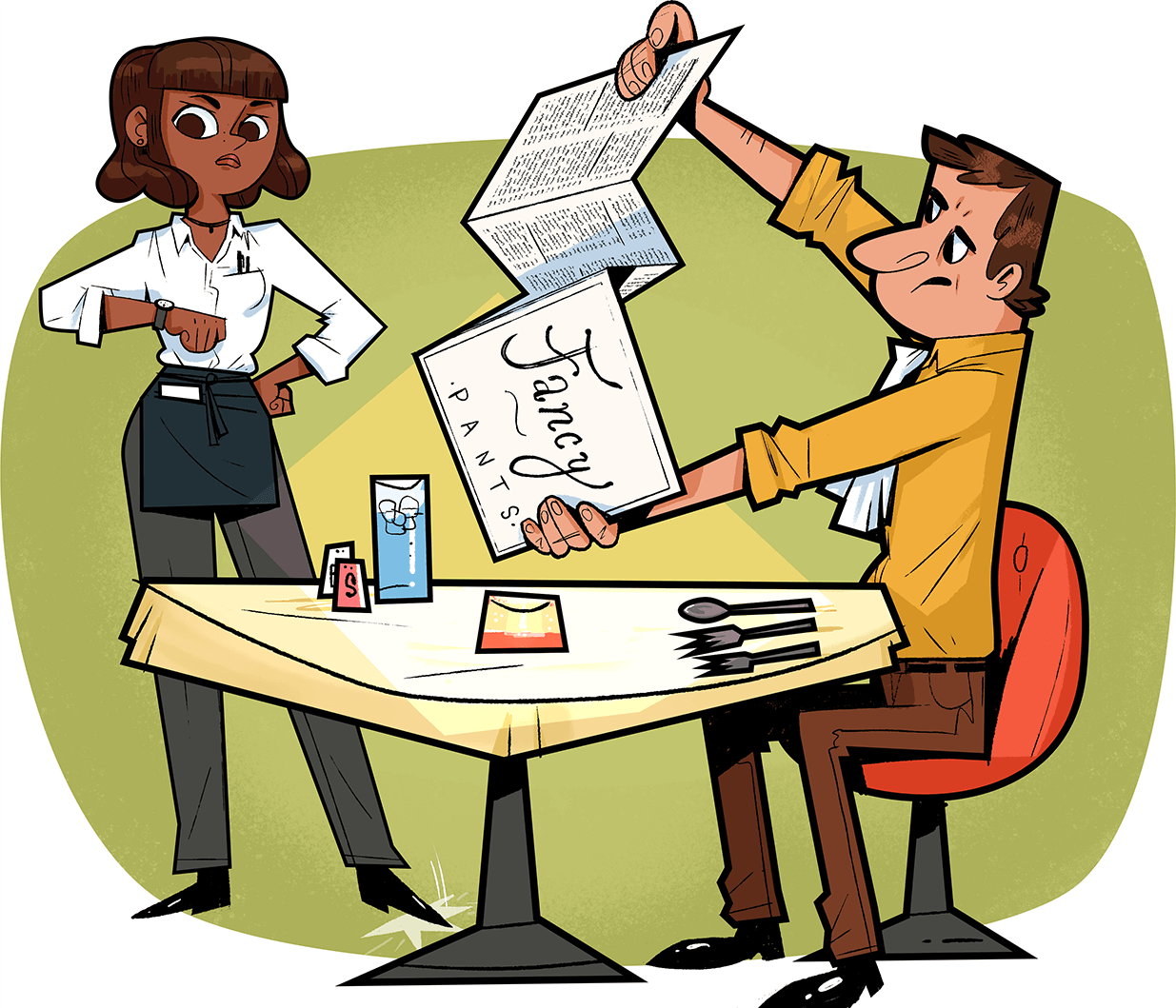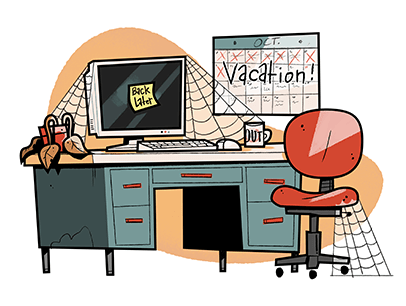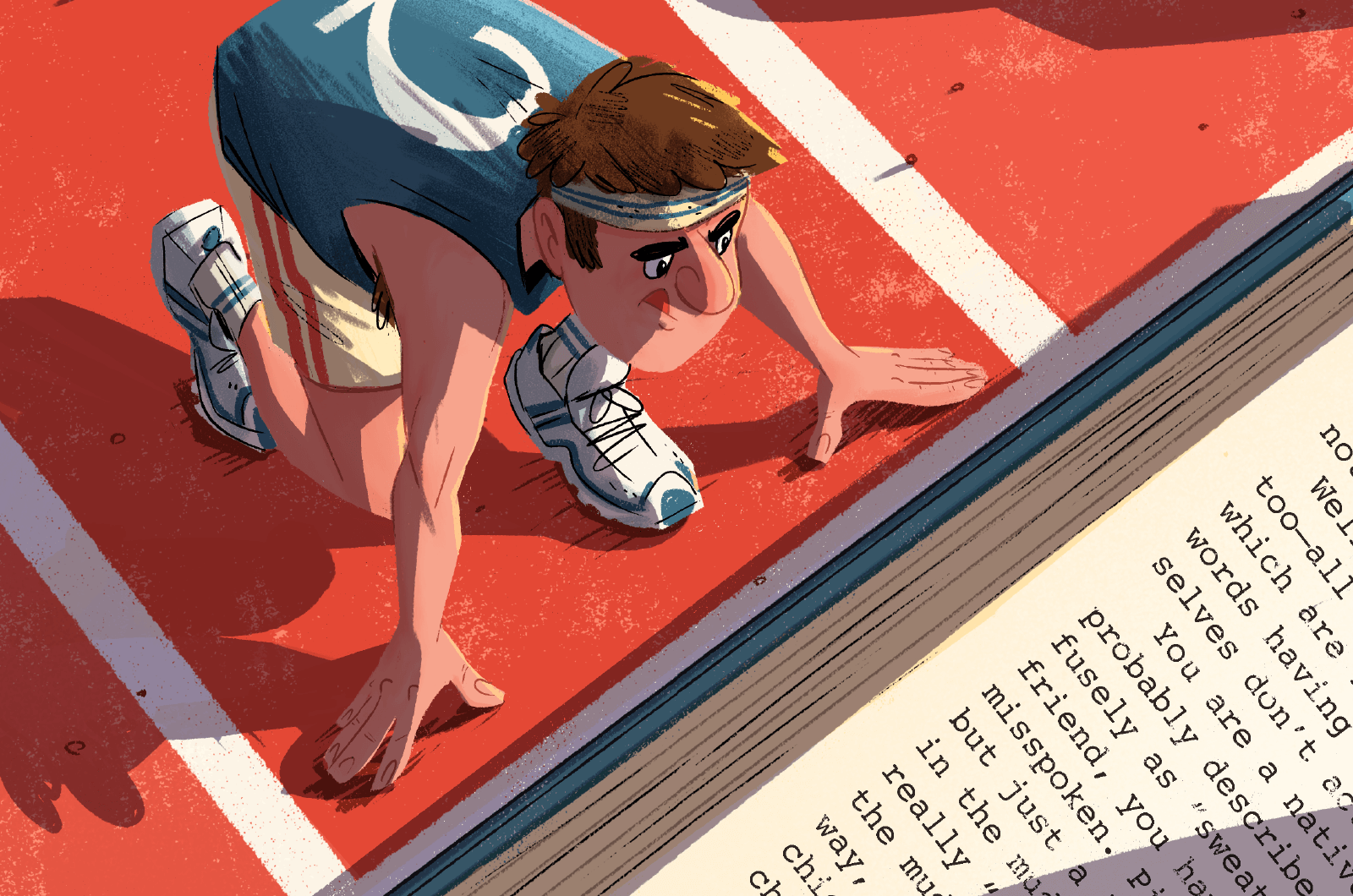
You go to a restaurant, look at the menu, and here’s what you do. You look at the top and bottom first, then your eyes zigzag across the rest of the page. This takes 109 seconds. You see one photo of the most appetizing dish and you don’t see the price until the end of the descriptive copy. The price has no dollar sign. Where I live, 300 miles north of New York City, you’ll be more likely to select a particular offering if you see words like “grass fed,” “organic,” “pan seared,” “gluten-free,” and “grandma.” You’ll also prefer to see “crisp” instead of “fried,” so you won’t think of cholesterol and death, and you’ll like “appetizers” to be called “hors d’oeuvres” so you won’t be reminded that you’re eating food that kills your appetite for the food you’re about to eat. If fish is your thing, you can’t resist an entrée that’s been “line caught.” Apparently, somebody is out there with a rod catching fish for the chef, one at a time. Lastly, you will not see dessert selections on the menu.
Across the pond, if you’re French and you want cheese (you do—you’re French), or if you’re German and you order bread (you do—you’re German), you’d better see “local” because there are over 1,600 French cheeses and 3,000 German breads and yours is the best!
I can tell you all this, not because I know it, but because the experts of menu engineering know it. Yes, menu engineering, the art of crafting that innocuous list of food items you’re holding into a powerful piece of persuasive messaging. Diners have been studied like lab mice to see exactly how a menu can be written and organized to produce the highest profit per serving. Or, to put it another way, how you can be manipulated into ending up with a check that gives you indigestion. Not interested in Chicken Pot Pie with Carrots, Peas, Celery, and Onions? How about Succulent Chicken Pot Pie with Locally Sourced Vegetables and Grandma’s Flaky Pie Crust? Same meal, higher price. Gotcha! I particularly like the grandma reference since the only thing my grandmother ever cooked was liver and onions—even for dessert. If I complained, she said, “Eat it or wear it.” She was definitely “flaky” but it had nothing to do with pie crust.
Evidently, the menu engineers think 23.95 looks better than 23.95—like maybe you don’t have to pay with real money.
One group of menu engineers created a quadrant for laying out the most profitable menu. They labeled the upper left corner Horse for items that were highly popular but not very profitable. I have no idea why. Horse? The upper right quadrant was called Star for the most popular and most profitable items. (Remember, your eye goes to the top right of the menu first.) The lower right quadrant was Puzzle for high profitability but low popularity (well yes, I suppose it is puzzling why you would charge a lot of money for something nobody wants). And finally, the lower left quadrant … Dog. This is the tenement district of the menu for zero-profit dishes that most restaurants simply have to offer. Think grilled cheese sandwich. Saying “with tomato” helps a little, but not enough to avoid the waiter’s Vulcan Death Stare.
So what about that menu you were looking at when we began? You only see one photo because it’s the most expensive dish, and it’s on the upper right hand side of the menu because that’s where your eye goes first. You don’t see the price until the end, so you won’t be “price shopping.” (Does anyone go out to eat just so they can order the cheapest thing on the menu?) And you won’t see dollar signs because it makes the item seem more expensive. Evidently, the menu engineers think 23.95 looks better than 23.95—like maybe you don’t have to pay with real money. And there will be no listing of desserts, thank you, lest you skip the appetizers to save room for the deep-dish apple crisp.
This is all very well and good, and I appreciate a restaurateur’s desire to maximize profits. But if you really want to sell me, have a sense of humor. After all, it’s only food. For instance, offer me apple pie, as one restaurant does, that’s “as American as baseball and tax evasion,” and I’ll add the vanilla ice cream, the demitasse, and the 9 aperitif all by myself.
John Cadley is a former advertising copywriter, freelance writer, and musician living in Fayetteville, New York. Learn more at www.cadleys.com.



 Previous
Previous
 Previous Article
Previous Article

